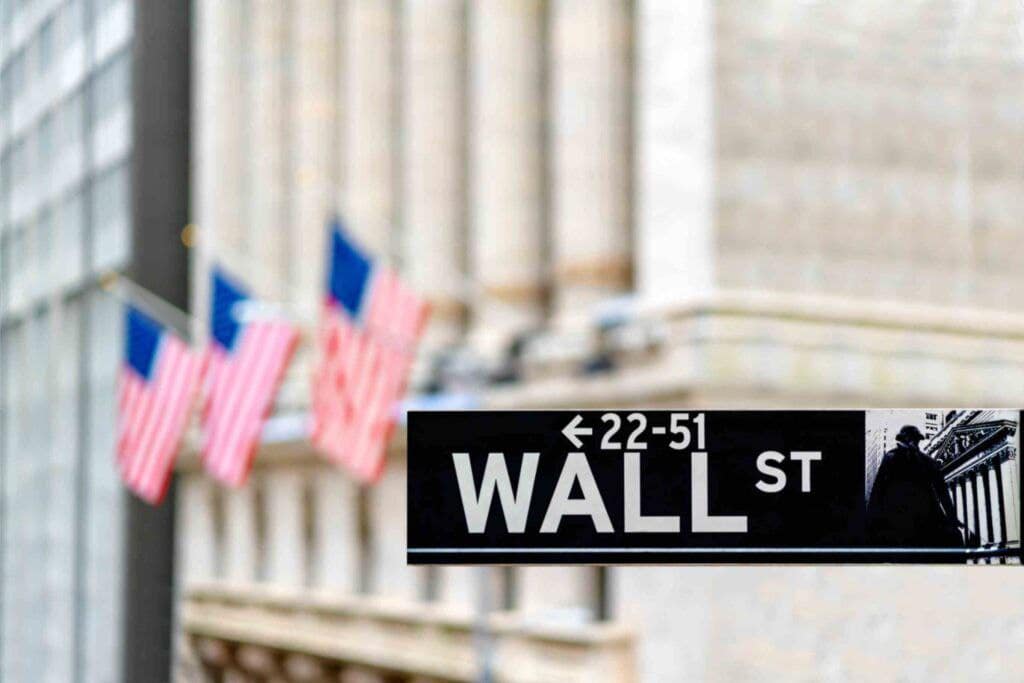The ‘Hindenburg Omen’ indicator considers the percentage of stocks in an exchange making 52-week highs and lows, along with other market breadth metrics, to assess the potential for a market crash.
The indicator has successfully predicted the 1987 market crash and the 2008 financial crisis, and it has sounded the alarm yet again, as noted by market technician David Keller on May 27.
The bearish signal has been triggered at an unexpected time for the markets. All three major benchmarks have surged past significant milestones this month, but poor market breadth has investors worried about the rally’s sustainability.
For instance, the Dow Jones Industrial Average was down on May 28, while the tech-heavy Nasdaq rose due to Nvidia’s (NASDAQ: NVDA) strong performance. The chipmaker’s stock jumped more than 7%.
Despite this, the indicator’s inconsistent success rate has made many market watchers skeptical. The Wall Street Journal previously reported that the indicator has accurately predicted a meaningful pullback less than 30% of the time.
Hindenburg Omen is more like a warning sign for the stock market
The Hindenburg Omen, known for signaling major market tops, has sounded, but its high rate of false signals means the likelihood of severe market impact is low.
Despite this, JC O’Hara, chief technical strategist at Roth MKM, remains optimistic about equities. He predicts the S&P 500 could rise to 5,700 over the next few months, a 7% gain from the May 24 close, driven by strong performance from large-cap stocks.
O’Hara notes that while the market appears healthy, the pool of great buying opportunities for stock pickers is shrinking. He expects investors to continue benefiting from passive index investing and large-cap stocks.
However, there are some things to be worried about in the stock market
On the other hand, O’Hara expects small-cap stocks to underperform. While the S&P 500 has advanced 11% in 2024, the Russell 2000 is up only 2.5%.
He observed that investors are rotating into sectors like utilities and real estate, which are smaller portions of the S&P 500, rather than consumer discretionary, a larger part of the index.
He is also cautious about consumer discretionary stocks, noting a recent 52-week low in the sector. If this sector, which comprises about 10% of the S&P 500, weakens significantly, it could lead to a deeper market drawdown of 10% to 20%.
Disclaimer: The content on this site should not be considered investment advice. Investing is speculative. When investing, your capital is at risk.









